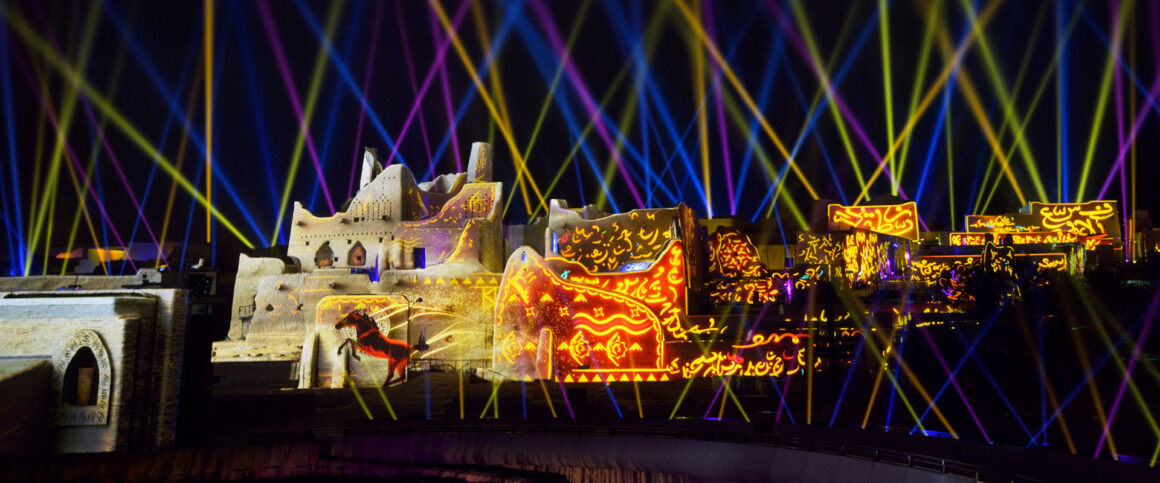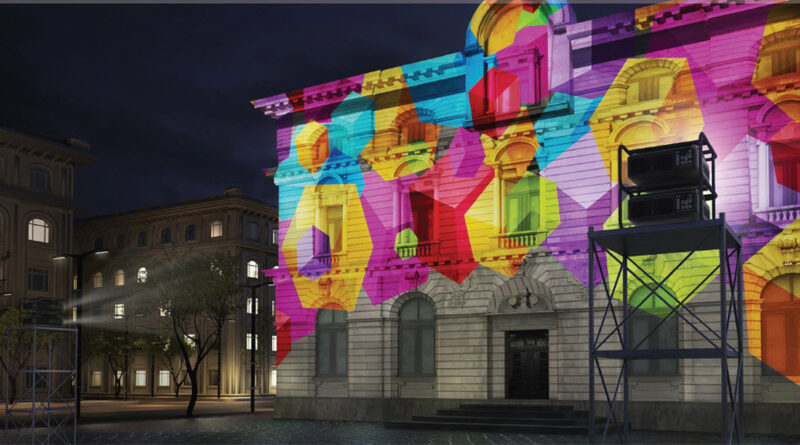Projection mapping has become an increasingly popular technique in the world of events and entertainment, providing a visually stunning way to transform ordinary objects into dynamic, interactive displays. From large-scale music festivals to intimate corporate events, projection mapping offers a versatile tool for creating immersive experiences that captivate audiences.
However, not all projection mapping techniques are created equal, and finding the right approach for a specific event can be a challenging task. In this article, we will explore the various methods of projection mapping and compare their effectiveness across different types of events. By understanding the unique strengths and limitations of each technique, event planners and creators can make informed decisions to ensure a truly unforgettable experience for their audience.
Introduction to Projection Mapping Techniques

Projection mapping techniques have revolutionized the way events are experienced, offering a captivating and immersive visual experience that blurs the lines between reality and digital art. By using specialized software and hardware, projection mapping allows for images and videos to be precisely mapped onto any surface, transforming ordinary objects into dynamic displays.
From transforming the facade of a building into a vibrant canvas to creating intricate 3D illusions on stage, projection mapping techniques have become a popular choice for events ranging from music festivals to product launches.
This article will explore various projection mapping techniques and their applications for different types of events, showcasing the versatility and creativity that can be achieved with this innovative technology.
Advantages and Challenges of Projection Mapping

Projection mapping has become increasingly popular in the event industry due to its ability to transform ordinary objects into dynamic, immersive experiences. One of the key advantages of projection mapping is its versatility and flexibility, allowing for endless creative possibilities.
It can be used to create stunning visual displays for a wide range of events, from corporate conferences to music festivals. However, despite its numerous benefits, projection mapping also comes with its own set of challenges.
Technical issues such as calibration and alignment can be time-consuming and require precise attention to detail. Additionally, the cost of equipment and expertise needed to execute a successful projection mapping display can be prohibitive for some event planners. Nonetheless, when implemented effectively, projection mapping can truly elevate the overall experience for event attendees.
Projection Mapping for Corporate Events

Projection mapping has become an increasingly popular technique for corporate events, providing a unique and innovative way to captivate audiences and create memorable experiences. By using specialized software to project images or video onto complex surfaces, such as buildings or stages, companies can transform ordinary spaces into immersive and dynamic settings that showcase brand messaging, product launches, or entertainment elements.
From grand product unveilings to elaborate award ceremonies, projection mapping offers endless possibilities for creatively engaging attendees and leaving a lasting impression. Whether its to enhance a keynote presentation, create a visually stunning backdrop for a gala dinner, or simply add a touch of flair to a networking reception, projection mapping can elevate the overall atmosphere and impact of any corporate event.
Conclusion
In conclusion, the selection of projection mapping techniques must be carefully considered based on the specific requirements of each event. The effectiveness of these techniques in creating immersive and visually stunning experiences can greatly enhance the impact of an event.
Whether using 2D or 3D projections, it is important to tailor the approach to suit the events objectives and audience in order to achieve maximum engagement and wow factor. By understanding the unique characteristics and capabilities of each projection mapping technique, event organizers can successfully elevate the overall experience and leave a lasting impression on attendees.


